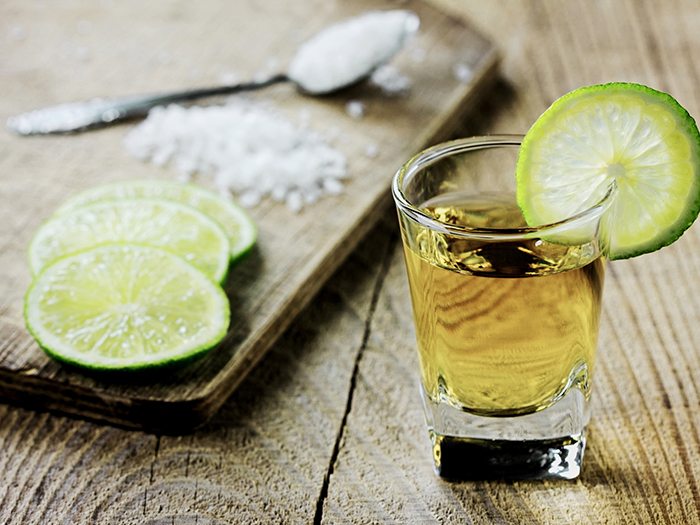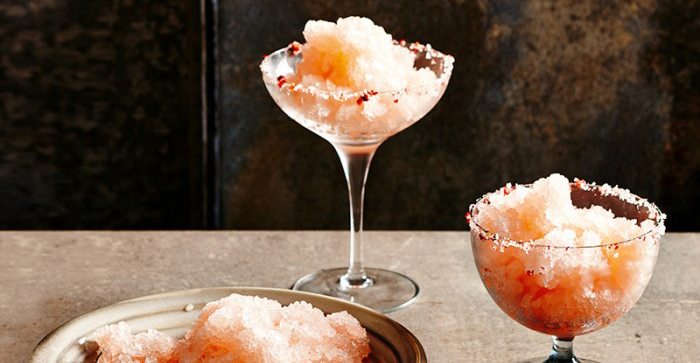Faced with a life as an economist or a winemaker, which would you have chosen?
Franco Giacosa, chief winemaker for Italy’s largest wine-producing family, tried his hand at economics after studying at university. But then he discovered that his real passion was wine and he has never looked back.
Giacosa is chief winemaker for the Zonin family, which owns 11 different vineyards throughout Italy. He explained that his philosophy was to let the grapes do the talking.
“I’m not happy when people say ‘I feel your hand in this wine’, because to me that means this wine is made in the winery with technology, with artifice,” Giacosa said.
“I’m very happy when I hear people say, ‘Wow, this really reminds me of Nero d’Avola, this is Insolia. This reminds me of Sicily.”‘
Wine should also be made in the vineyard, not the winery, Giacosa said.
The first job of a winemaker is to bring out the character of the grapes and the character of the soil and the climate, he explained, sipping some of his own 2006 Insolia, made from 100 per cent Insolia grapes grown at the Feudo Principi di Butera vineyards in Sicily and aged in stainless steel tanks.
While he wished he could control the weather, Giacosa conceded he could only work with it by manipulating the canopy of vine leaves over the grapes.
“When you expose the grapes to the effects of the light and the wind, you can have very mature grapes and from these you can make very good wines,” he said.
The United States represents about 40 per cent of Zonin’s annual sales and to illustrate how ageing in wood lends a different character to wine, Giacosa had an open bottle of 2004 Iperion, also from the Feudo Principi di Butera vineyards.
For Iperion, a blend of 70 per cent Nero d’Avola, 20 per cent Merlot and 10 per cent Cabernet Sauvignon grapes, Giacosa used huge oak barrels that hold 350 litres, not the smaller ones found in Bordeaux or Burgundy which hold 225 litres.
Giacosa said he uses the larger barrels because “I like the taste of wine, not wood.” The smaller the barrel, the more the wine comes in contact with the wood, he explained.
The Iperion spends six months ageing in the barrels resulting in a wine that the critics have characterised as jammy, with red cherry and plum flavours.
Finally to show what he and his staff of 32 can do with a bit more time and what you could call the creative use of barriques and big barrels, he opened a bottle of the 2002 Deliella Nero d’Avola and out came a ripe garnet coloured liquid smelling of berries and spice.
“I make wine to have people enjoy it. If (wine critic Robert) Parker enjoys it, that’s okay. It doesn’t matter. We don’t prepare wine for wine guides,” Giacosa said with a little smile.
“We prepare wines to be enjoyed.”
Reuters Life





